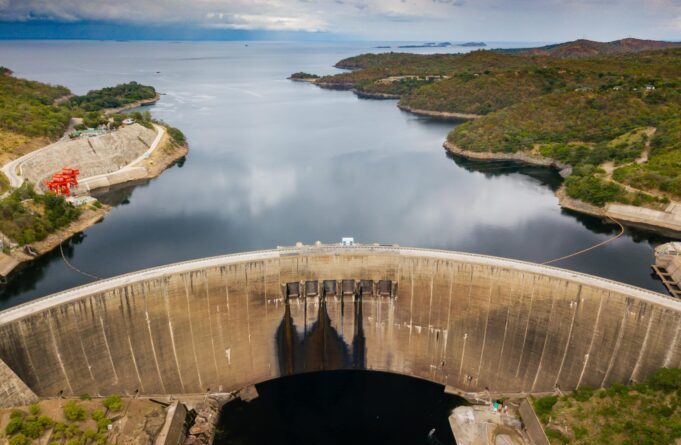Kariba Dam Offers Hope Amid Power Crisis as Water Levels Rise
Kariba, Zimbabwe/Zambia: A glimmer of hope has emerged for Zimbabwe and Zambia as water levels at the vital Kariba Dam, the world’s largest man-made lake by volume, have risen significantly in recent months. After years of crippling drought and subsequent power shortages, the dam is showing signs of recovery, offering a much-needed reprieve for both nations.
For the past few years, the Kariba Dam, a cornerstone of both countries’ energy sectors, has been plagued by dwindling water levels, leading to drastic reductions in hydroelectric power generation. This crisis has plunged both Zimbabwe and Zambia into rolling blackouts, stifling industrial activity and exacerbating economic hardship.
However, a period of consistent rainfall since January 2025 has brought about a welcome change. Water levels, which stood at a precarious 475.77 meters in January, have steadily climbed to 476.73 meters by early March. Projections now suggest that the dam could reach levels exceeding 479 meters by July, a significant boost to hydroelectric power generation.
This surge in water levels is a lifeline for the power utilities in both countries, who have been forced to rely on expensive thermal power and imported electricity to meet demand. The prospect of increased hydroelectric output offers the potential to alleviate the current power supply challenges, reduce reliance on costly imports, and provide much-needed relief to businesses and households.
For Zimbabwe, in particular, the situation at Kariba is critical. The country’s power utility, ZESA, has been under immense pressure to secure reliable energy sources, grappling with severe energy deficits that have impacted every sector of the economy. The rise in water levels offers a chance to stabilize the energy supply, potentially stimulating industrial growth and facilitating the recovery of key sectors such as agriculture and mining.
The economic implications of this recovery cannot be overstated. Consistent power availability is essential for businesses to operate efficiently, and the improvement in hydroelectric power generation could provide a much-needed catalyst for economic recovery in the region.
However, while the rising water levels offer a temporary respite, both Zimbabwe and Zambia must remain vigilant. The region’s reliance on hydropower makes it vulnerable to the vagaries of weather patterns. Continued investment in alternative and renewable energy sources is crucial to ensure long-term energy security.
As the rainy season continues, the positive trend in water levels offers a tangible sense of optimism. Both nations are hoping that this sustained rise will stabilize their power generation and pave the way for a broader economic recovery, offering a brighter future after a period of prolonged hardship.




